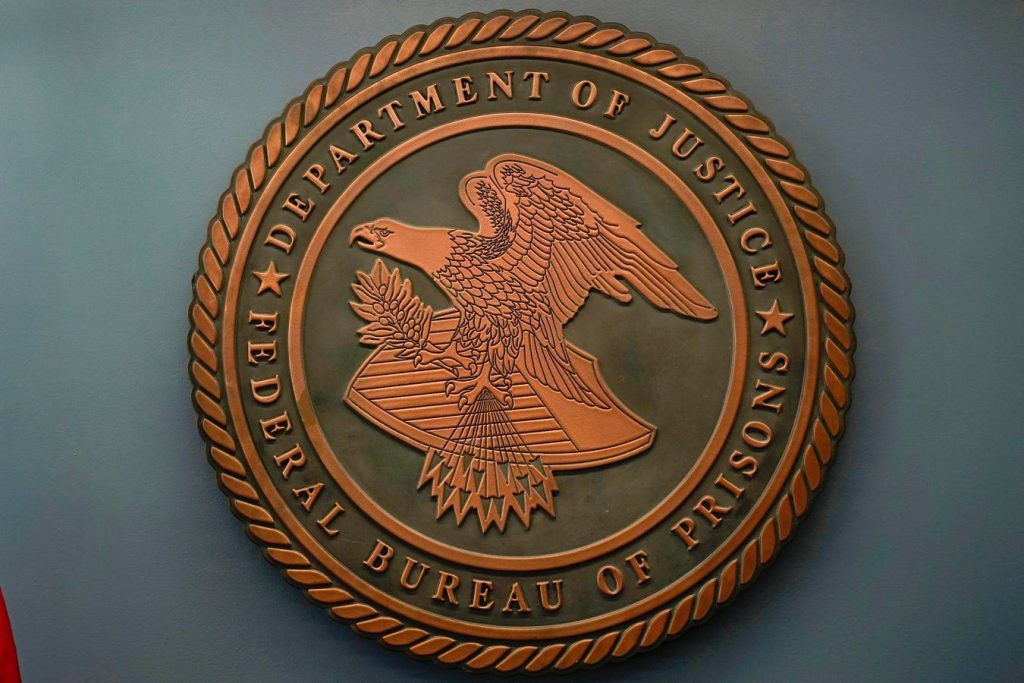Federal Bureau of Prisons backtracks on limiting halfway house to 60 days
Bureau of Prisons Announcement
The Federal Bureau of Prisons (BOP) issued a memorandum last week limiting the amount of halfway house placement for federal inmates from 12 months to 2 months. The result was that many prisoners who had dates to go to a halfway house or home confinement, both monitored by halfway house staff, had their dates moved. Now, after uproar from prisoners, advocates and civil rights attorneys, the BOP has rescinded that limitation.
In its initial announcement the BOP cited budget constraints for the limitation and stated that “…. all individuals releasing to the community under Second Chance Act (SCA) authority after April 21, 2025, will have their dates adjusted and reduced to a maximum of 60 days. However, in a quick reversal, the BOP issued a statement, “We have an update we want to share regarding the memo issued on March 31, 2025, announcing limitations on Second Chance Act (SCA) placements in Residential Reentry Centers. Based on concerns about how these limitations impact the population, BOP will not proceed with the planned changes to limit SCA placement to 60 days. A new memo was issued today, April 10, 2025, rescinding the previous guidance.”
The reversal also comes as the BOP announced that scams were on the rise that were fooling families into paying thousands of dollars to secure halfway house placement. Now, the BOP is going to be honoring the earlier dates given to prisoners to start their halfway house placement.
The Second Chance Act
The Second Chance Act (SCA) is a significant piece of U.S. federal legislation, first enacted in 2008 and subsequently reauthorized under the First Step Act. It designed to improve the process and outcomes of reentry for individuals leaving correctional facilities. Its fundamental goals are to reduce recidivism—the tendency of a convicted criminal to reoffend—and enhance public safety by helping formerly incarcerated individuals successfully reintegrate into their communities.
These services often include employment assistance (job training, placement, addressing employment barriers), housing support (transitional and long-term), substance abuse and mental health treatment, educational opportunities, mentoring programs, and family support services. The SCA also supports research and evaluation to identify effective reentry strategies. By addressing the complex challenges faced upon release, SCA aims to provide individuals with a meaningful opportunity to rebuild their lives, contributing to safer communities and reducing the costs associated with re-incarceration.
This program is especially helpful to those who have been incarcerated for many years as they try to gain employment, housing and reconnect with family. For those with shorter sentences, it allows them to get back with their families and back to work in short order. For both groups, it allows them to live outside of an institution while still allowing the incarcerated person to have supervision until their sentence is complete.
Advocates Speak Out
Each April, the U.S. Department of Justice’s Office of Justice Programs celebrates Second Chance Month to recognize the importance of helping individuals, communities, and agencies across the country appreciate their role in supporting the safe and successful reentry of millions of people returning from incarceration each year. This reversal by the BOP represents some of the best news prisoners and their families will receive. Advocates who worked diligently for both the First Step Act and the Second Chance Act were outraged when the initial 60-day limit was put in place and now relieved that it was reversed.
We are absolutely thrilled by this extraordinary news,” said Rabbi Moshe Margaretten, President of the Tzedek Association. “Halfway house placement is a vital tool in reducing recidivism, providing individuals with the support they need to successfully reintegrate into society, secure employment, and rebuild connections with their families and communities. We are deeply grateful to the Department of Justice and the Bureau of Prisons for reconsidering this policy change.”
BOP Still Trying to Meet Challenges
The reasoning for the initial limit on halfway house and a sudden reversal comes at a time when the BOP has yet to have a new Director in place. In fact, the BOP does not even have an Acting Director in place, which is difficult to understand since the Agency faces so many challenges with an annual budget of $8.3 billion. The former Director, Colette Peters, was dismissed by the Trump administration on Inauguration Day and the Acting Director that was named to stand in subsequently announced his near-immediate retirement.
The BOP staff recently lost their retention bonuses while hiring has slowed to fill the nearly 4,000 open positions. It is likely that Trump and his Department of Justice (DOJ) will not fill all those positions and will seek additional cuts. One step Trump recently took was to issue an executive order eliminating collective bargaining rights for federal unions, including those representing Bureau of Prisons employees. Using the Civil Service Reform Act of 1978, the order excludes DOJ agencies (including the BOP) from the Federal Labor-Management Relations Program, effectively stripping unions of their right to negotiate on behalf of employees.
While prisoners may celebrate the move, BOP employees may feel a bit snubbed in the celebration. That may also ripple down to prisoners who rely on staff to get them to the halfway house. With this, the next director just inherited another problem.
